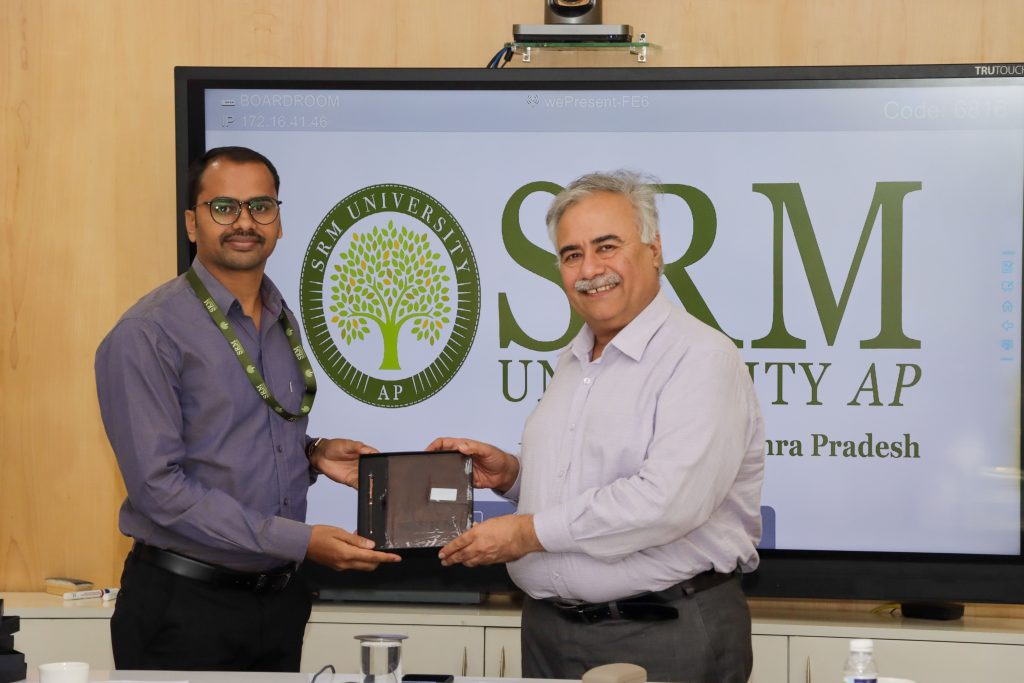
The Department of Mathematics is glad to announce that the project of Dr Sandeep Kumar Verma, Assistant Professor, titled “Investigation and development of wavelet transform and its applications in the framework of fractional Dunkl transform”, has been selected to be funded by DST, Govt. of India under SERB-SURE Scheme, securing an approved grant of 20.13 Lacs. Dr Sandeep Kumar Verma is the Principal Investigator of the project.
Title of the Project: Investigation and development of wavelet transform and its applications in the framework of fractional Dunkl transform
Approved Grant: 20.13 Lacs (As per university calculation)
Funded by: DST, Govt. of India under SERB-SURE Scheme
PI: Dr Sandeep Kumar Verma, Assistant Professor, Department of Mathematics
Project Summary: Dunkl operators are differential-difference operators associated with finite reflection groups in a Euclidean space. Dunkl transform is attracting widespread interest and giving us new perspectives on familiar topics from Harmonic Analysis and Partial Differential Equations. The fractional Dunkl transform (FRDT), which is introduced with one extra parameter, is the generalization of the well-known signal processing operations, such as the Fourier transform (FT), the fractional Fourier transform (FRFT), the Fresnel transform, Hankel transforms, fractional Hankel transforms, and the Dunkl transform. The FRDT will also find applications in the solution of optical systems, filter design, time-frequency analysis, and many others. The wavelet transforms (WT), which has had a growing importance in optics and signal processing, has been shown to be a successful tool for time-frequency analysis and image processing. It has found many applications in time-dependent frequency analysis of short-transient signals, data compression, optical correlators, sound analysis, representation of fractal aggregates, and many others.
The fractional wavelet transforms (FRWT) based on the fractional Fourier transform, which generalizes the classical wavelet transform, has proven potentially useful for signal processing, data compression, pattern recognition, and computer graphics. Thus, fractional wavelet transform gives more flexibility for time-frequency analysis than the usual wavelet transforms. As a generalization of the WT, a novel fractional Dunkl wavelet transform (FRDWT) can combine the advantages of the WT and the FRDT, i.e., it will be a linear transformation without cross-term interference and will be capable of providing multiresolution analysis and representing signals in the fractional domain. Simultaneously, compared to the Dunkl transforms, FRDT is more flexible for its one extra degree of freedom and can be used frequently in time-frequency analysis and non-stationary signal processing. Inspired by the fractional wavelet transform (FRWT), we introduce the concept of the (FRDWT), combining the idea of FRDT and WT. The proposed transform will not only inherit the advantages of multiresolution analysis of the WT, but also will have the capability of signal representations in the fractional Dunkl transform domain. Compared with the existing WT, the fractional Dunkl wavelet transform can offer signal representations in the time-fractional-frequency plane in the FRDT domain.

